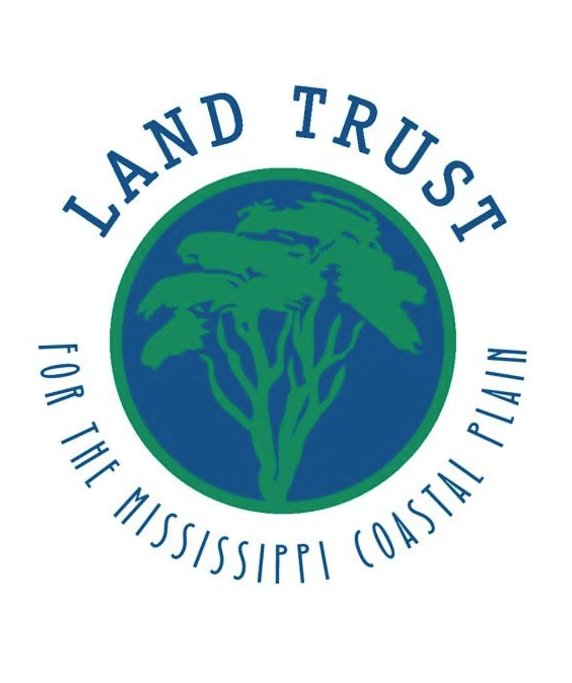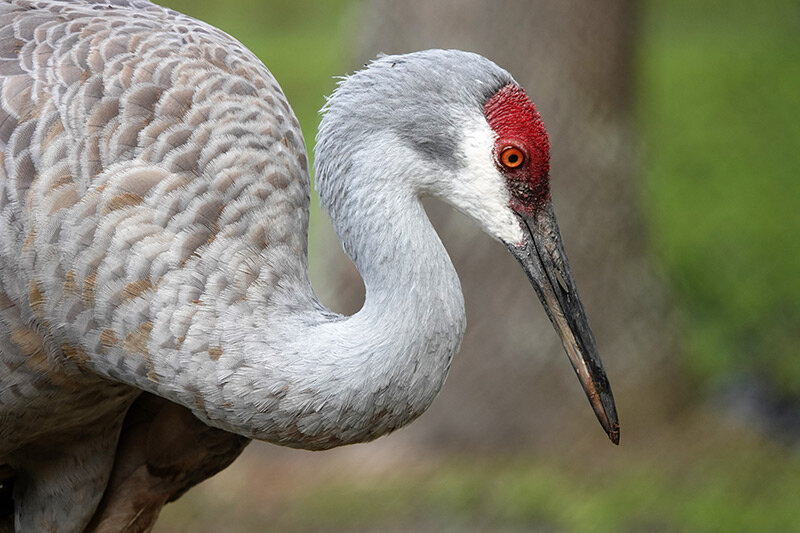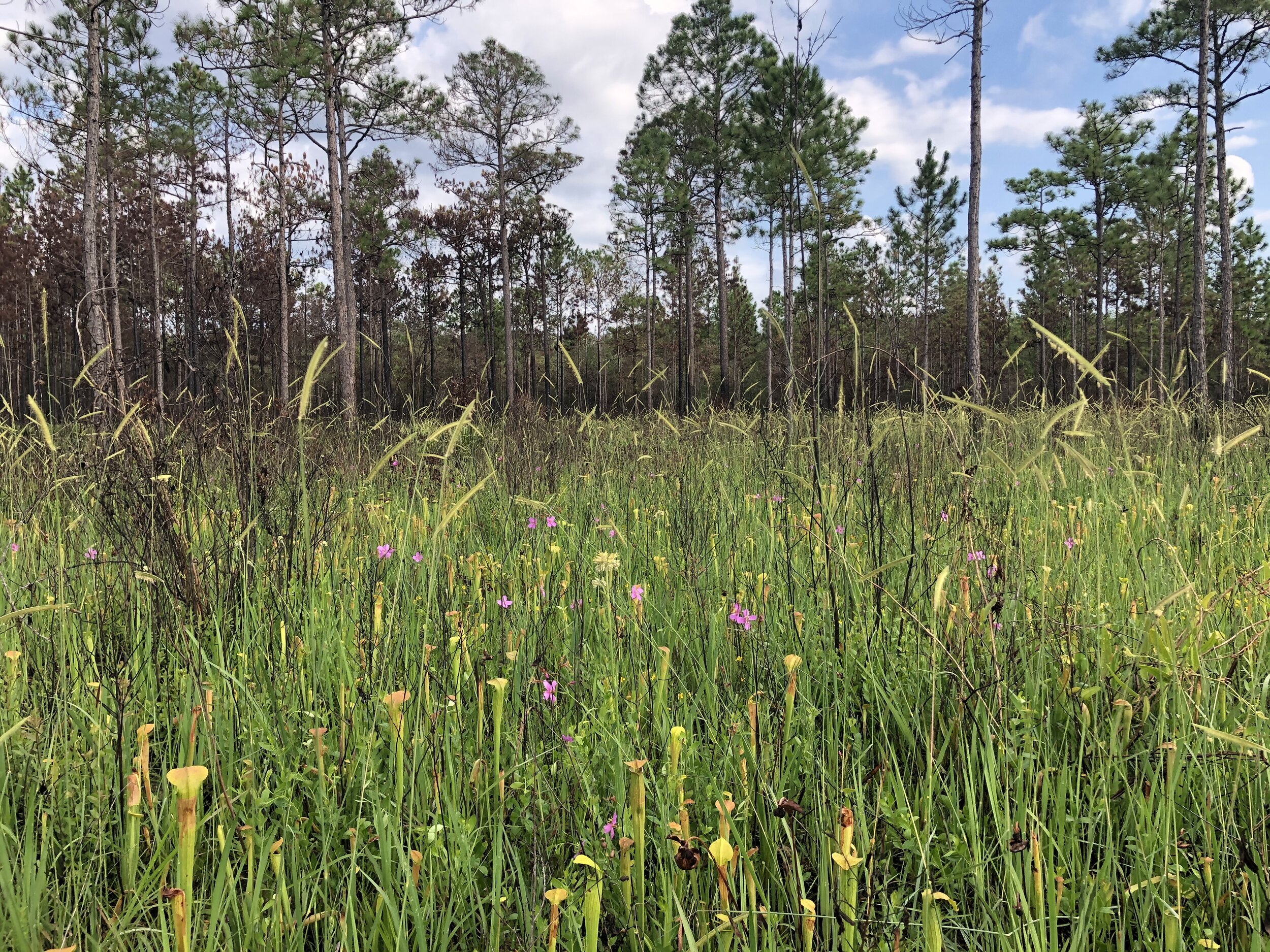Giving Thanks!
It is good to know there are places of beauty and solace protected today and for future generations thanks to the generous support of our members, sponsors, donors, and volunteers.
2020 has had its share of ups and downs, but one thing that has remained constant is the great outdoors. Amid COVID, hurricanes, elections, and whatever else this year has thrown at us, it is good to know there are places of beauty and solace protected today and for future generations thanks to the generous support of our members, sponsors, donors, and volunteers. I hope you and your family have been able to get outside and enjoy one of the beautiful trails or blueways this year and find a little bit of peace and calm to help you through this roller coaster of a year. Just being outside has the ability to improve your mood, lower your blood pressure, reduce anxiety, and improve sleep.
It is our members, sponsors, donors, and volunteers who help preserve these treasured places. So during this time of gratitude, we wanted to say a big Thank You to each and every one of you for providing peace of mind to the community through your support of our programs. To learn more about how you can be a part of the land trust, please click on the link below or use the DONATE button above to provide a tax free donation.
Twelve Oaks
Have you been to Twelve Oaks? Did you know it had a storied history that dates back to before the Civil War?
Have you been to Twelve Oaks? Do you know about its storied history that dates back to before the Civil War? The property had been purchased from the U.S. Government by Edgar James in 1860, who then sold it to Johanna Smith-Blount (one of his former slaves) for $10 In July 1880. She sold a portion of the property in 1884 to the African Methodist Episcopal Church for use as a campground and church. Many baptisms occurred in the waters of adjacent Old Fort Bayou during their ownership. When her former owner’s wife needed help after her husband had passed and left her with little, Johanna took her in, where she lived for the remainder of her life. Johanna left the property to her several children, but none built homes.
In 1910, Frank G. Hanley bought up the parcels, putting the property back together as a whole. Elizabeth Logan purchased the property from Frank’s heirs in 1954. She was was a prominent member of the local garden club and founder of the “Societe des Arbres”. Elizabeth quickly registered two of the large oak trees in the front yard as national treasures under the names Faith and Charity as a nod to the property’s religious history. She planted azaleas, hydrangeas, jonquils, and lilies on the property, which became known locally as a “miniature Bellingrath”, in reference to the glorious public gardens at the Bellingrath estate in nearby Alabama (https://bellingrath.org).
Visitors can expect to be greeted by a stunning canopy of live oak trees that few photos can do justice to. A short half-mile loop trail winds through the remnants of Mrs. Logan’s garden, diverse bayhead swamps, and provides a scenic vista of Old Fort Bayou.
Twelve Oaks is located at 1112 Hanley Road in Ocean Springs. After turning north onto Hanley Road from Bienville Boulevard, turn left onto the gravel driveway where the paved road ends. Park outside the gate and walk in! There is a trailhead at the gate, or you can just walk down the driveway.
Weeks Bayou
Weeks Bayou is one of the hidden scenic and ecological gems of Ocean Springs Mississippi.
Weeks Bayou is one of the hidden scenic and ecological gems of Ocean Springs Mississippi. Shortly after Hurricane Katrina ravaged the region, the Land Trust purchased this former home site and restored it to 13,000 square feet of tidally influenced estuarine marsh. A 4’ high retaining wall was removed and the site was regraded to be a tidal flat with an adjacent upland slope.
Working with volunteers from CDC Climb’s AmeriCorps program, the Land Trust then planted native marsh grasses and trees. The material from the former retaining wall was recycled for use as a platform for an outdoor classroom which is utilized by the University of Southern Mississippi’s Marine Education Center as they educate students on the importance of conserving the Gulf Coast’s marine estuaries. Visitors to the site will enjoy two scenic overlooks on Weeks Bayou as they travel along the short trail.
Partnerships with Corps Groups
The Land Trust has been working with various Corps groups for over ten years.
The Land Trust has been working with various Corps groups for over ten years. The Land Trust provides restoration projects for the Corps volunteers to do, so that the young adults in the program can gain valuable training and work experience. This will enable them to have increased opportunity to secure meaningful, full time employment in a similar field once they leave the Corps. And, it is beneficial for the community because the restorations they do increase habitat for native species. It’s a win for Land Trust, the young people, and native ecosystems! If you are interested in gaining training and work experience through a Corps, please let us know and we’ll get you connected.
Members have a multitude of reasons for joining the Conservation Corps, from just being employed and receiving certifications , to a love of local habitats and the outdoors. Climb CDC facilitates the opportunity for “at risk” youth to gain structure, confidence, and leadership traits in their life to help to get them on the right track.
MS Sandhill Cranes
The wet pine savanna was formerly a very common landscape of the coastal plain.
The wet pine savanna was formerly a very common landscape of the coastal plain. They were located in the southern coastal plain on flat areas which were saturated for at least a portion of the year, or sometimes as islands in peatlands or swamps. They are open, mostly treeless bogs comprised of herbaceous groundcovers. The plant communities in the wet pine savanna are some of the most diverse in North America, but conversion of the land to timber plantations and fire suppression led to their loss. Today, less than five percent of this habitat remains.
The remaining population of Mississippi sandhill cranes live solely in this habitat, which is also dotted with cypress strands and prairies. The cypress strands are forested wetlands which provide nesting sites for the birds, and the prairie provides feeding grounds. The Mississippi sandhill crane is a critically endangered, non-migratory species who mate for life, live for about 20 years, and have a distinctive red, unfeathered crown on their heads.
The Land Trust owns land directly adjacent to the Mississippi sandhill crane National Wildlife Refuge and is working with federal and state agencies to improve the habitat for these rare birds.
Dusky Gopher Frogs
The dry longleaf pine forest is one of the most biodiverse landscapes in the world…
The longleaf pine forest is one of the most biodiverse landscapes in the world, and the Land Trust is working to both protect remnants and reestablish it where possible. This forest type historically covered a huge area across the southern US, but today only about three percent of the original habitat remains in relatively small, fragmented patches. Dominated by longleaf pine trees, the forest type has a rich and diverse herbaceous understory. It provides critical habitat for nearly thirty threatened and endangered species, including the gopher tortoise, indigo snake, red-cockaded woodpecker and dusky gopher frog.
The dusky gopher frog is a about three inches long, ranging in color from black to brown or gray, and is covered with dark spots and warts. By the time it was listed as an endangered species, it was only found living near four ponds here in southern Mississippi. The Land Trust owns a property adjacent to one of these ponds, which the frogs use for breeding. We have been working with federal and state agencies to improve and increase the habitat for these rare frogs by reestablishing a dry longleaf pine forest around the pond through invasive species removal, tree planting and burning regimes.
The Next Twenty
2020 marked our twentieth anniversary!
2020 marked our twentieth anniversary! And, in what we have all come to recognize as typical 2020, it also marked the year our founder retired which brought a new Executive Director to the helm plus major changes to our Board. These changes have brought with them some questions about where we are going and how we’re going to get there.
An August 2019 report by the Center for American Progress stated that we need to protect 30% of land and oceans in the US by 2030 to stem the worst impacts of climate change and wildlife extinction. While about 26% of the oceans have been protected to date, we have only saved 12% of the land. AND — the south is losing land at a faster rate than the rest of the country. We have a LOT to do.
We need your help to help us succeed with our conservation efforts! Please donate today.
Volunteer Spotlight: Clara
If you have noticed an uptick in activity across our social media pages, that is largely the work of the Land Trust’s newest volunteer Clara.
If you have noticed an uptick in activity across our social media pages, that is largely the work of the Land Trust’s newest volunteer Clara. She has been volunteering with the Land Trust for the past several months after stumbling across us on a Facebook page for Navy Spouses. She has been visiting several of the Land Trust’s holdings to produce photographs and drone footage to contribute to the content on the Land Trust’s social media pages and website.
Although she volunteered throughout her youth at local museums in her home state of Virginia, Clara shifted her focus when she entered high school to working at a restaurant in order to pay for gas and hang out with friends. Her father pushed her to rediscover volunteering in fields that she was interested in during college in order to gain experience. Fast forward to today, where she is a graduate with a BA and little experience in her field of study. She began looking for a cause that she wanted to support discovered the Land Trust.
She looked into the Land Trust’s website and became more intrigued by the trails we offer and the mission of saving green space and waterways. She stated, “They encourage people to enjoy the properties and be in nature and that was something I’d lost touch with but is absolutely essential for me. The Land Trust is an underrated organization that has been around for 20 years and has some really cool people at its bones. It’s easy and fun to work with everyone and there are some really beautiful properties to be discovered. I think the Land Trust has an incredible mission and can be spectacular for everyone to get in on!”
The Land Trust has multiple volunteer opportunities across the entire organization, and encourage anyone who is interested to reach out.
Turkey Creek
Land Trust staffer Nick Goyette has been working with CDC Climb’s Conservation Corps to restore over 350 acres along Turkey Creek to a healthy mosaic of wet pine savannah and bottomland hardwood ecosystems.
Land Trust staffer Nick Goyette has been working with CDC Climb’s Conservation Corps to restore over 350 acres along Turkey Creek to a healthy mosaic of wet pine savannah and bottomland hardwood ecosystems. Protection of these wetlands adjacent to the creek has been vital in combating the effects of urbanization of the watershed.
Invasive species have taken over large areas adjacent to the creek. However, the Land Trust and CDC Climb have worked tirelessly to remove them. These areas were then planted with 8,500 native hardwood trees composing of 12 different species. We have also removed over 1,000 used discarded tires and other debris.
The Land Trust is pioneering new restoration techniques to restore wet pine savannah habitat. A combination of mechanical methods have been used to simulate burn events that historically managed these properties. Initial restoration activities have shown promising signs of positive recovery across the sites.













